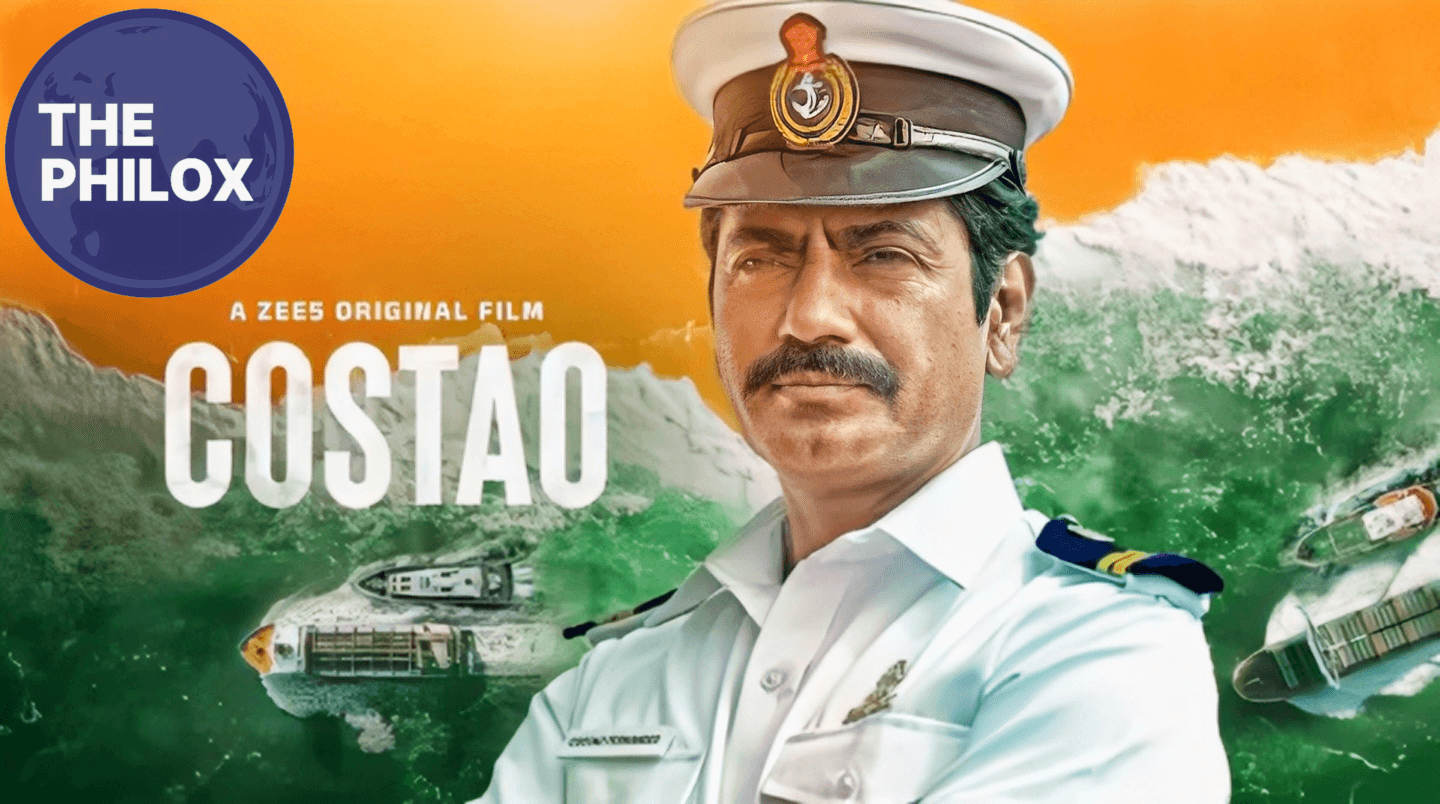
An Inspired Account of Suffering and Resilience
“Costao” chronicles the story of a man negotiating grief, injustice, and personal change. Deep emotional events from loss, betrayal, and survival define the movie.
The narrative is written in an honest and truthful manner devoid of any attempt to gloss over the reality. It depicts the path the main character travels through adversity and his search for tranquility in a society that continuously drives him down.
Dramatic dialogues are less important in the script; it emphasizes emotions and the power of stillness. It presents a picture of a damaged guy not demoralized.
The simplicity of the narrative is its beauty. It avoids too many turns or too dramatic storylines.
Rather, it unfolds gradually so the audience may relate to the people and experience their feelings. Though everyone’s speed is different, those who like significant narrative will find “Costao” to be quite fulfilling.
Nawazuddin Siddiqui Steps Out on Stage
Once more demonstrating why he is among the best performers in Indian film is Nawazuddin Siddiqui.
His “Costao” performance is rich in depth, quiet, and feeling. To have an impression, he doesn’t need fancy conversations or strong statements.
His body language, eyes, and minute gestures convey everything. He portrays a man with emotional brokenness, and he does it so very honestly that it is impossible not to care for his character.
His act is unique because he lets the audience experience his suffering without expressing much. His acting has charm; his scenes are forceful but subdued.
The center of the movie is Nawazuddin, hence without him “Costao” wouldn’t have the same effect. Reminding us once more why he is such a revered artist, he gives the screen truth and rawness.
Excellent Supporting Cast
Although Nawazuddin is the major draw, the supporting actors also deserve compliments. Every character in the movie enriches the narrative.
Their acting strikes a realistic and relevant quality. Neither excessive nor pointless drama exists here. The whole movie seems natural and believable since the director has selected performers who exactly fit their characters.
The discussions among the characters seem to be actual talks. Their tone and body language bet on real emotions.
This enables the viewers to relate to the world the movie produces. It also enables the narrative to be more poignant and powerful.
Direction and Cinematography
“Costao” has a sophisticated and matured direction. The director has approached silently and deliberately.
The filmmaker lets the tale breathe instead of hurrying it. Every scenario seems precisely created, and the feelings are never forced. Still, the emotional conflicts of the individuals take front stage.

The film has lovely, subdued photography. The way light and shadow are used gives the images complexity.
Though it is not spectacular, the camera work has significance. Through close-ups and natural lighting, it captures feelings and raises the scene’s rawness.
Furthermore well chosen are the sites. They capture the personalities’ inner condition. Every scene, including a calm street or a lonely house, accentuates the narrative.
Background Score and Musical Notes
“Costao’s background score is soft and emotive. It enhances the scenes rather than takes front stage.
It guides the viewers over the emotional trip and helps to create the atmosphere. There is clever use of the music at times of silence and introspection.
Though it fits the somber and serious tone of the movie, the soundtrack lacks strong or appealing numbers.
The music in the movie speaks more of feeling than of pleasure. It keeps the audience close to the narrative instead of trying to divert them.
The movie exhibits one of its strengths since it demonstrates the creators’ awareness of the careful use of music.
Message and Topics
“Costao” reflects human suffering, loneliness, and the need to be understood; it is not only a narrative. The movie looks at subjects of mental health, loss, and the silence around emotional pain.
It highlights how silently people endure and how society sometimes overlooks personal suffering of others. The message is clear: we have to be more sympathetic, more conscious of others silently battling their own conflicts.
The movie also addresses the notion of recovery. Even if it’s long and difficult, it demonstrates that there is always a way forward even if it does not present simple solutions or ideal ends. It exhorts the viewers to probe people’s life before rendering an assessment.
A Film Requiring Empathy and Patience
Those seeking fast-paced entertainment or commercial drama will not find “Costao” appealing. This movie calls both emotional participation and patience.
This kind of movie wants you to sit silently and experience rather than only view. While some viewers would find it too slow or too serious, for those who value authentic film it provides a poignant and satisfying experience.
It reminds us of the ability of movies to stir hearts, narrate significant events, and depict actual hardships. Though it sticks with you long after the credits have rolled, the movie does not teach. Good movies are meant to make you think, feel, and inspire you.
At last verdict
“Costao” gets full honesty and a 4.5 out of 5 star rating. Strong in every element—acting, director, story, images, and emotions—this is a movie.
One will remember Nawazuddin Siddiqui for a very long period because of his performance. Among the mass of commercial films, the genuine tone, emotional depth, and significant message of the movie distinguishes it.
“Costao” is a must-see for those who enjoy movies that really speak to them. It reminds us that occasionally the quietest stories may be loudest.
It shows that real tales and true performances do not depend on gloss or cacophony. Beautiful work of narrative, “Costao” merits appreciation and study.





